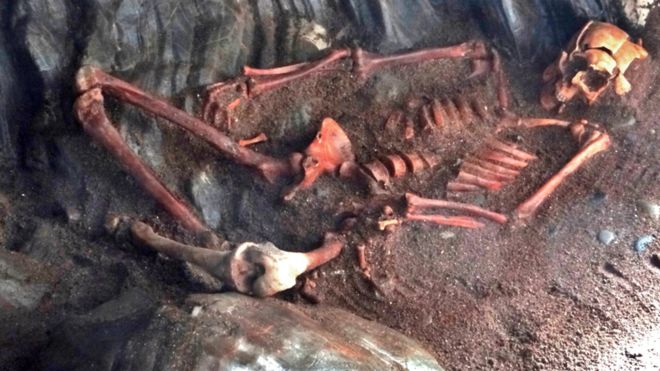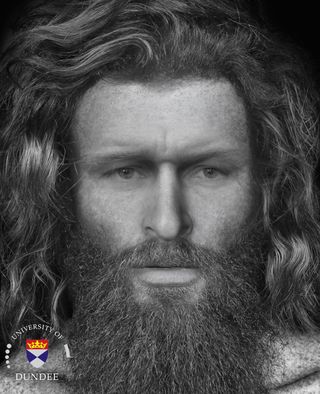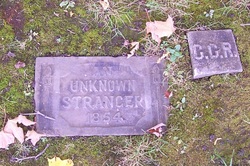On the night of May 31, 1902, Peasenhall, Suffolk, England was dealing with a dark and stormy night. It was remembered as a particularly bad storm.
On the morning on June 1, 1902, 21/22-year-old Rose Ann Harsent's father came to visit her at her home in the Providence house. He found her lying on the ground in her kitchen with her throat slit. It was initially thought of being a suicide until it was found that Rose was 6 months pregnant and a closer look at the scene.
It was believed that she was killed around 1 to 6 a.m. She had been attacked and her chest and throat stabbed and her arms showed signs of defensive wounds. It seemed that the murderer failed to burn her and the home as her arm had been burnt, her nightgown had been partially burned, and there was a newspaper under her head that had burnt edges. Paraffin from a broken lamp was used to try start the fire, and a medicine bottle was smashed and left at the scene. It seemed like she hadn't slept in her bed that night.
No one had known that Rose was pregnant. It seemed as if she had tried to induce a miscarriage at one point, but it failed. She then kept her pregnancy a secret and never revealed who the father was.
There was a letter found in her home.
"Dear Rose, I will try to see you tonight at twelve o'clock at your place. If you put a light in your window at ten o'clock for about ten minutes then you can take it out again. Don't have a light in your room at twelve o'clock as I will come round to the back."
It's believed that whoever sent this letter may have been the killer.
William Gardiner became the main suspect soon. The locals knew he was having an affair with her in 1901. It was assumed that the baby may have been Gardniers. There was other evidence that seemed to point towards him also. Such as bootprints in the wet ground seemed to have matched a pair of his boots. A handwriting expert stated that the letter was in his handwriting and that the paper came from his workplace. The smashed medicine bottle was also
William denied all of this. He also had spent a lot of time that early morning with his wife and another neighbor with visiting. But he lived in eyesight of Rose's home and wouldn't have taken much time to get there to murder her and come back.
William Gardiner was arrested and tried twice once in 1902 and 1903 but was acquitted. His trial was said to have been 11 to 1 for guilty in the first trial and 11 to 1 for not guilty for the second.
Was there a misjustice in this case where the murderer couldn't be tried. Maybe the real murderer was someone no one suspected due to the main focus being on William. Some speculate that William's wife was the perpetrator of the crime and her motive was because she was jealous.
But the world will never truly know what had happened that stormy morning.
SOURCES:
Revolvy
Wikipedia
Strange Company
Press Reader
Unsolved Murders
William Gardiner was arrested and tried twice once in 1902 and 1903 but was acquitted. His trial was said to have been 11 to 1 for guilty in the first trial and 11 to 1 for not guilty for the second.
Was there a misjustice in this case where the murderer couldn't be tried. Maybe the real murderer was someone no one suspected due to the main focus being on William. Some speculate that William's wife was the perpetrator of the crime and her motive was because she was jealous.
But the world will never truly know what had happened that stormy morning.
SOURCES:
Revolvy
Wikipedia
Strange Company
Press Reader
Unsolved Murders













